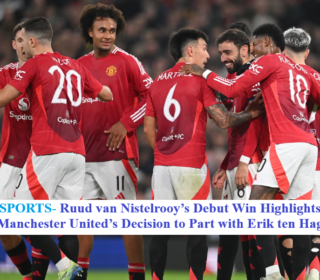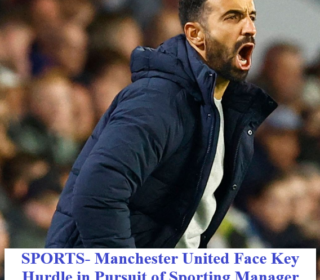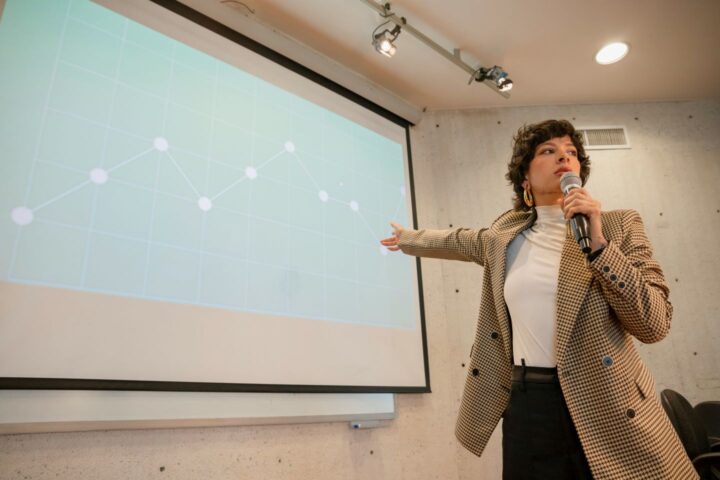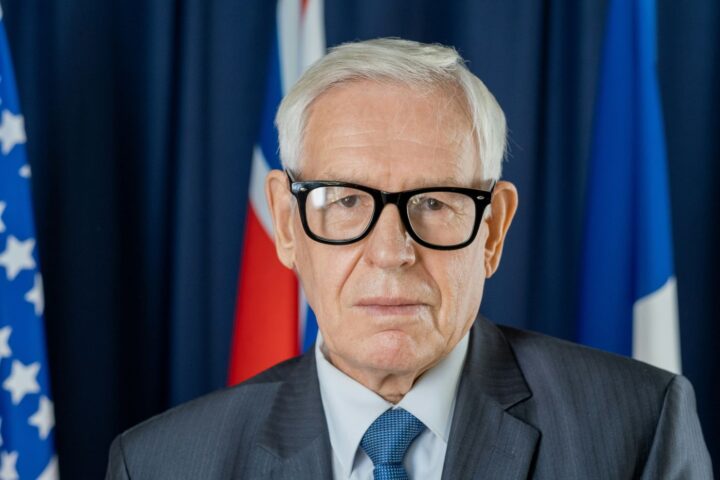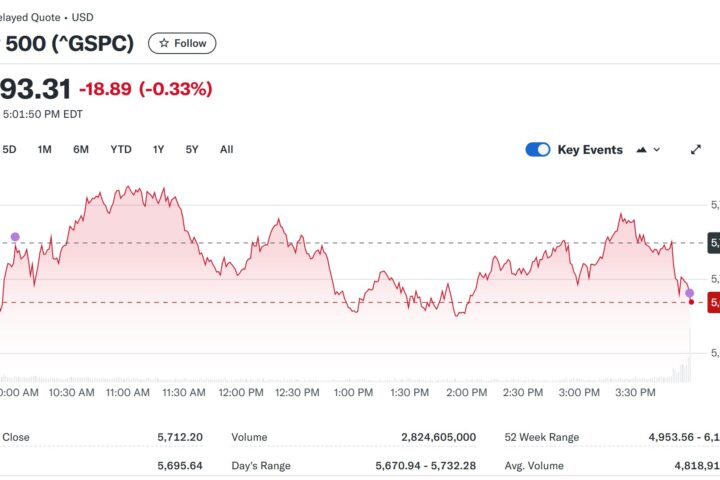n what turned out to be a final chapter for Erik ten Hag at Manchester United, a recent win still highlighted the core issues that led to his departure. Despite the victory, United’s struggles on the field were evident, exposing why the club ultimately decided to part ways with the Dutchman. For many fans and analysts, it’s a bittersweet moment—one that underlines how Ten Hag’s tactical approach and game management fell short of what the club needed, even when results occasionally went their way.

A Style That Failed to Find Consistency
Ten Hag arrived with high expectations, having guided Ajax to domestic dominance with a tactical system praised for its pressing and fluidity. However, Manchester United’s squad seemed to struggle with his approach, leading to inconsistent performances and moments of disarray on the pitch. Even in recent games, lapses in cohesion and poor positional play were apparent, and the win didn’t hide the underlying issues in Ten Hag’s setup.
While the team showed flashes of brilliance under his leadership, these moments were often short-lived. Defensive errors, lack of coordination in the midfield, and limited creativity in attack highlighted how Ten Hag’s methods didn’t always translate to the physicality and speed of the Premier League. Despite clear progress in some areas, the inconsistency ultimately became too large an obstacle to ignore.
Questionable Decision-Making and Tactical Adaptability
One of the recurring criticisms of Ten Hag has been his in-game management. As the season progressed, questions arose over his decision-making, especially when it came to substitutions, formations, and tactical adjustments against opponents. Against top clubs, United often appeared vulnerable, struggling to adapt to opponents’ styles and suffering from a lack of flexibility. Even in games where United emerged with a win, it was often despite a lack of tactical adjustments that might have made victory more comfortable.
Ten Hag’s approach, while meticulous, sometimes seemed rigid, with players appearing boxed into specific roles. This limited the creativity of stars like Bruno Fernandes and Marcus Rashford, who frequently had to adapt to new roles in his system. Fans and analysts alike noted that this rigidity prevented United from playing with the fluidity and freedom often seen in top Premier League sides.
Defensive Vulnerabilities and Tactical Gaps
The most visible struggle throughout Ten Hag’s tenure was United’s defense. Even in games where they managed to secure points, defensive fragilities were ever-present. The team struggled to consistently maintain shape, conceding goals from set-pieces, counters, and individual mistakes that hinted at deeper organizational issues. Despite his efforts to strengthen the back line, Ten Hag’s tactical structure often left gaps, exposing the defenders and creating pressure that opponents capitalized on.
Even in this recent win, United’s defense showed signs of weakness, with errors that could have been costly if the opposition had been more clinical. These persistent gaps have been a sticking point for fans and executives alike, showing that despite his accomplishments, Ten Hag hadn’t solidified a defensive structure capable of withstanding the rigors of the Premier League.
A Legacy of Mixed Results and High Expectations
Though his departure marks the end of a complex tenure, Ten Hag did make contributions that fans won’t forget. His commitment to discipline, professionalism, and tactical preparation gave Manchester United a sense of direction they had been missing. But in a league as demanding as the Premier League, results speak volumes, and United’s inability to maintain consistent top-tier performances ultimately overshadowed his strengths.
For Manchester United, the decision to let Ten Hag go wasn’t an easy one, but it reflects a recognition that to reach the top, the club needs more than occasional wins—it requires sustained excellence and adaptability. As they look to the future, the club’s priority will be finding a manager who can bridge the gap between tactical rigor and the flexibility needed for success in the Premier League.
What’s Next for Manchester United?
With Ten Hag’s era now behind them, United are once again at a crossroads. Fans and executives will be eager to see a manager who can bring out the best in the squad, balancing structure with the creative freedom that characterizes the best teams in England. The club has set high standards, and as they embark on the search for a new leader, it’s clear they aim to find someone who can deliver not just results but a style of play that reflects Manchester United’s legacy.
While Ten Hag’s tenure may have ended, the lessons learned will undoubtedly shape the club’s future, as United seek a return to the heights of English and European football.


